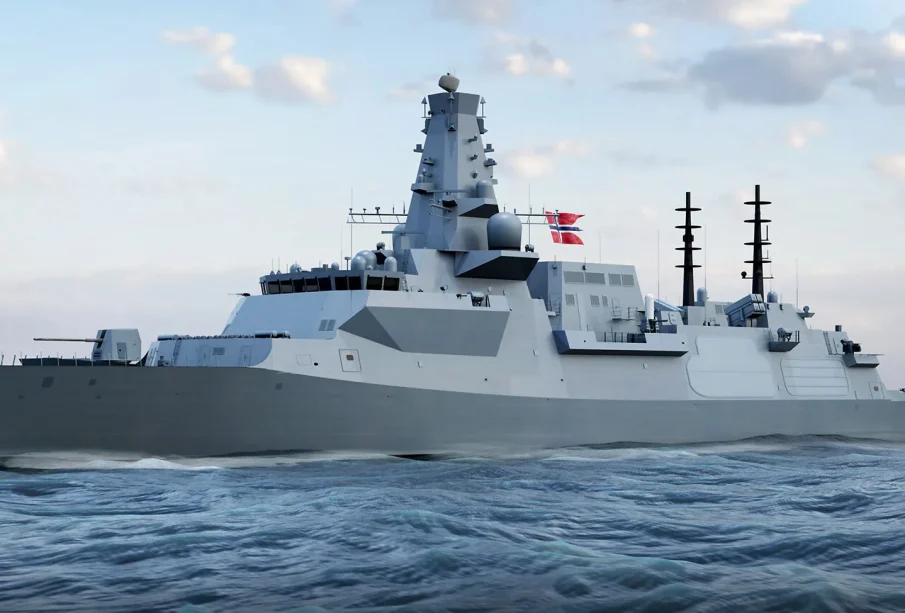The Type 26 Frigate: A New Era in Naval Defence

Introduction
The Type 26 Frigate, also known as the City-class, represents a major advancement in the Royal Navy’s capabilities. In an era of heightened global tensions and evolving maritime threats, the introduction of the Type 26 Frigate is of paramount importance. Designed to replace the aging Type 23 frigates, these vessels are equipped with state-of-the-art technology and features that enhance their operational versatility and effectiveness.
Key Features and Capabilities
The Type 26 Frigate is designed for multi-role operations, including anti-submarine warfare, air defence, and humanitarian missions. With a displacement of around 6,900 tonnes, these vessels boast an impressive range of capabilities. The ship’s advanced sensor systems, including the Artisan 3D radar, provide superior tracking and targeting capabilities, ensuring proficient engagement of threats in diverse scenarios.
Additionally, the Type 26 is equipped with a flexible mission bay, which allows for the deployment of unmanned aerial vehicles and advanced weapon systems, further enhancing its adaptability. The ship’s design also prioritises crew comfort and operational efficiency, featuring modern living quarters and workspaces to support a professional and capable naval workforce.
Recent Developments
As of October 2023, the Type 26 Frigate programme has made significant strides, with the first ship, HMS Glasgow, successfully completing its first sea trials. This milestone is crucial as it demonstrates the capabilities and performance of the Type 26 in real-world conditions. The Royal Navy plans to build a total of eight Type 26 frigates, with the next two vessels expected to enter service by the mid-2020s. With a projected lifespan of around 25-30 years, these ships will form the cornerstone of the Royal Navy’s surface fleet for decades to come.
Conclusion
The Type 26 Frigate signifies a pivotal enhancement in the UK’s naval capabilities, ensuring that the Royal Navy can effectively respond to contemporary and future threats. As geopolitical tensions continue to evolve, the importance of such advanced maritime vessels cannot be overstated. The successful integration of the Type 26 into active service is likely to reinforce the UK’s position as a leading maritime power, and has significant implications for defence strategies and international relations. Observers remain keen to see how these sophisticated vessels will influence operational effectiveness in the years ahead.









